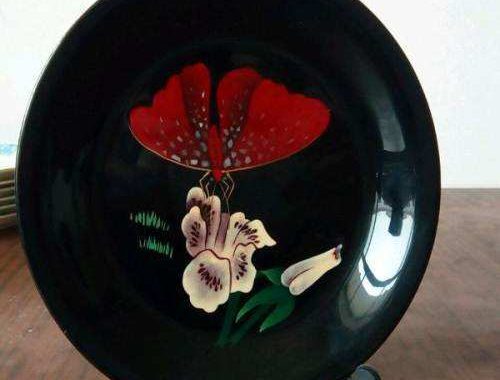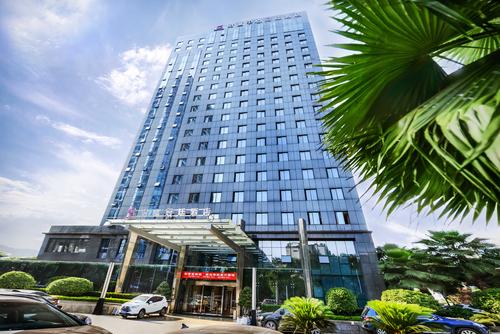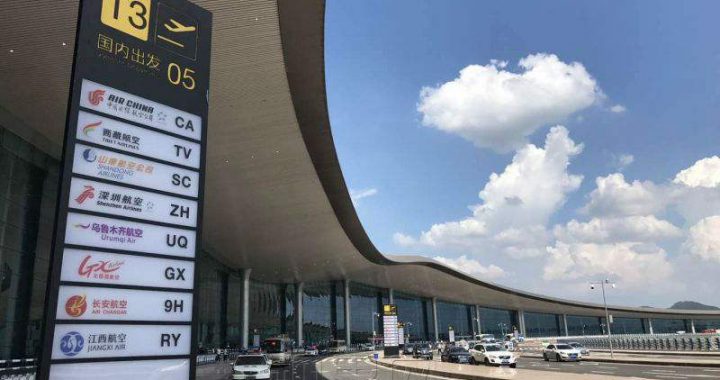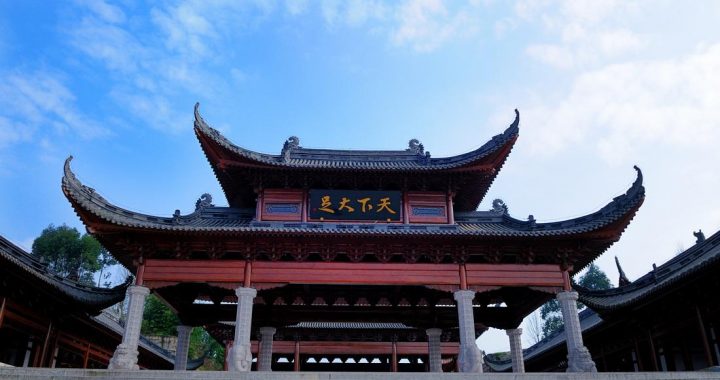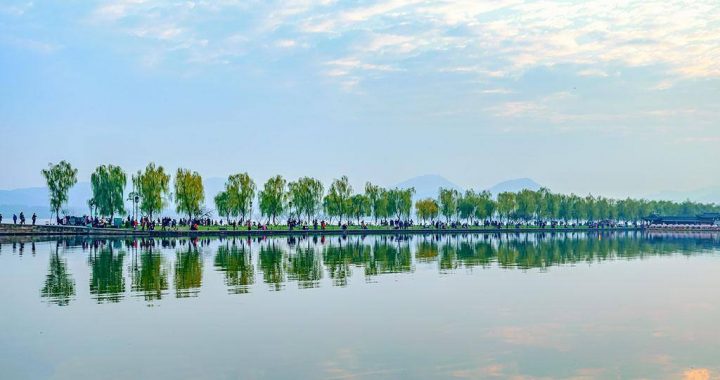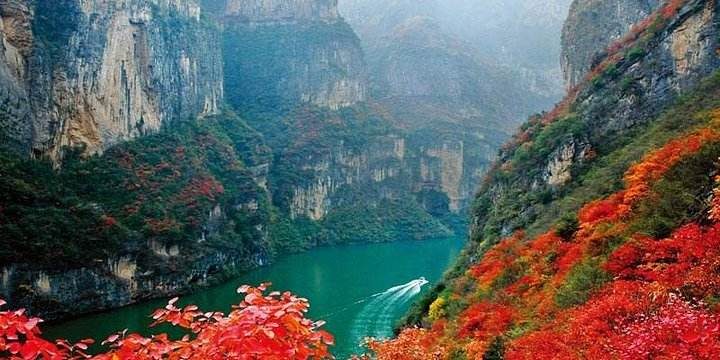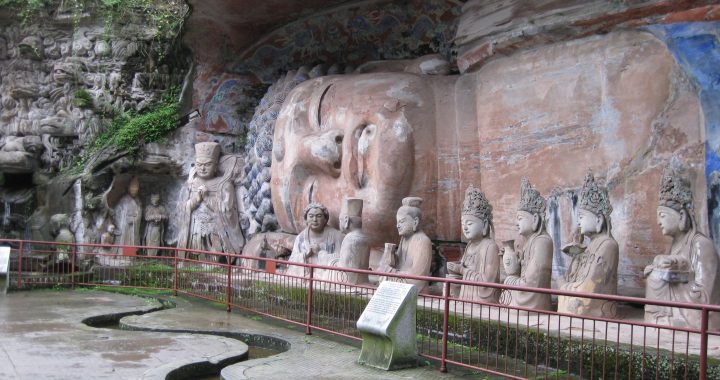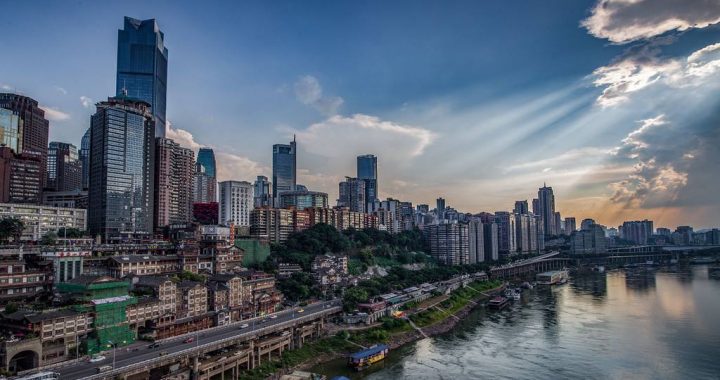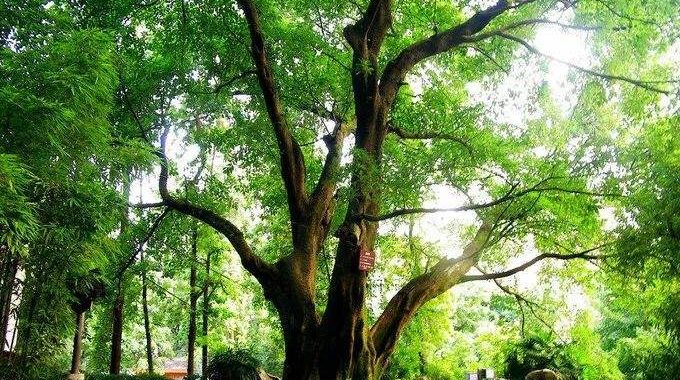Chongqing,the Mountain City
3 min readChongqing has long been a staging post for river journeys and a gateway to China’s wild west.With its steep hills,raging rivers and spicy food,there’s something for everyone.
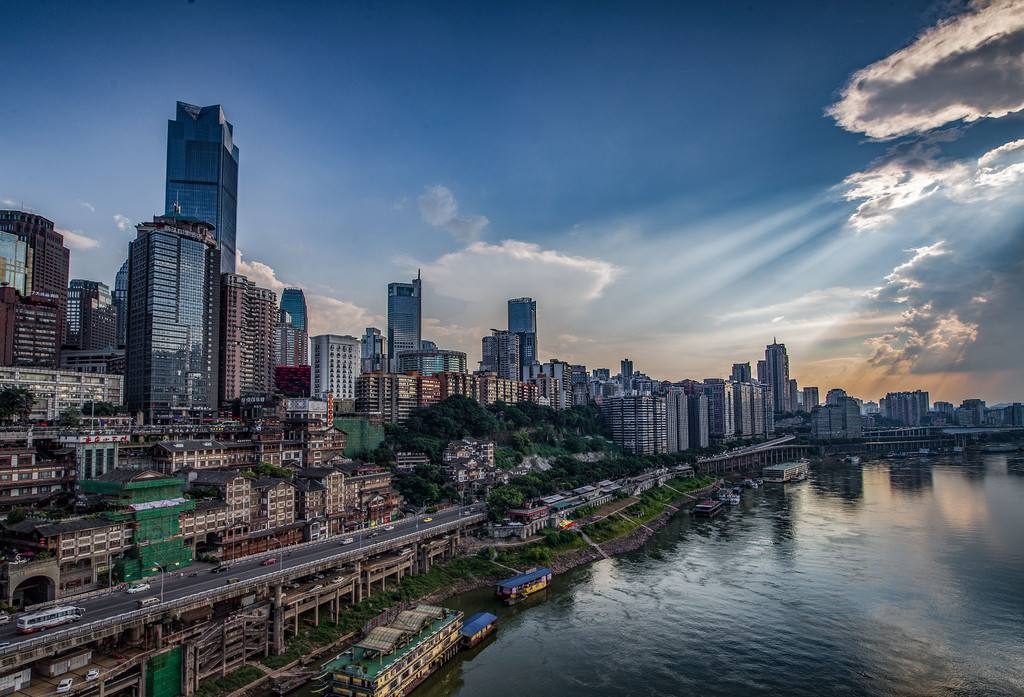
Overlooking the confluence of the Yangtze and the Jialing Rivers,Chongqing is known throughout China as the”Mountain City.”Many of city’s hills are so precipitous thatbicycles are scarce and motorcycles a far more common sight.Largely determined by itsmountainous topography,Chongqing’s districts are spread over a series of hilltops and separated by major rivers.As your taxi or bus zips across the overpasses linking the areas,check out the precariously stacked apartment buildings clinging to the hillsides.
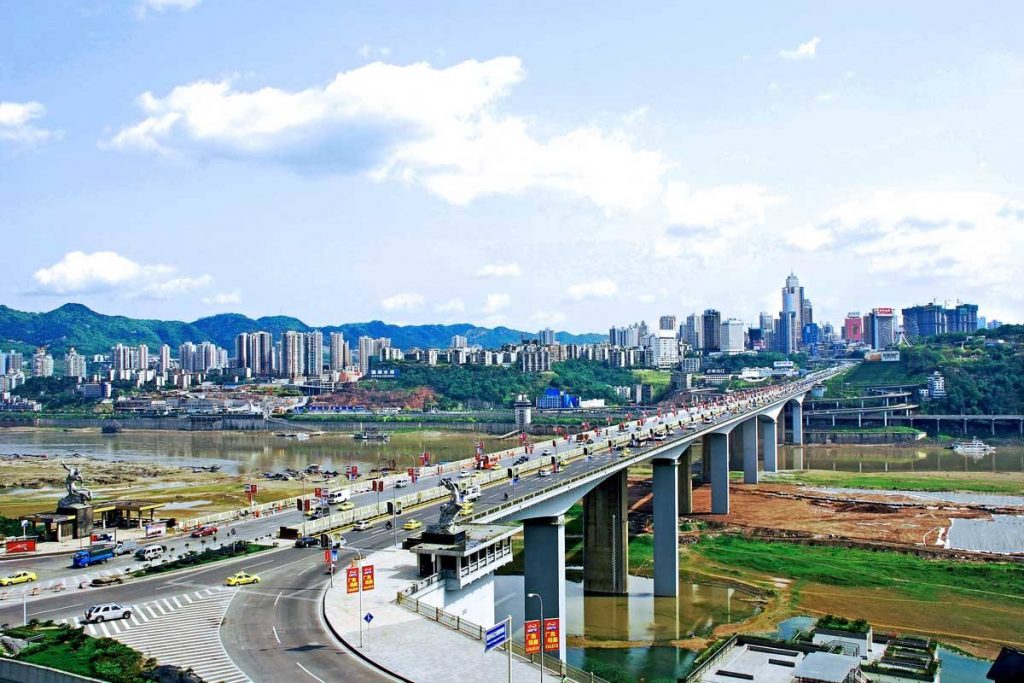
It’s possible for one of these buildings to have both the first floor and the fifth floor at ground level.
Although Chongqing’s major tourist destination,the Three Gorges(san xia ),is now being inundated by waters from the Three Gorges Dam,the city has its own inherent charm and the region is worth exploring.Known for its spicy food and hot-tempered people,Chongqing,with its mountains and fog and its bubbling hotpots has secured a place in the Chinese imagination.
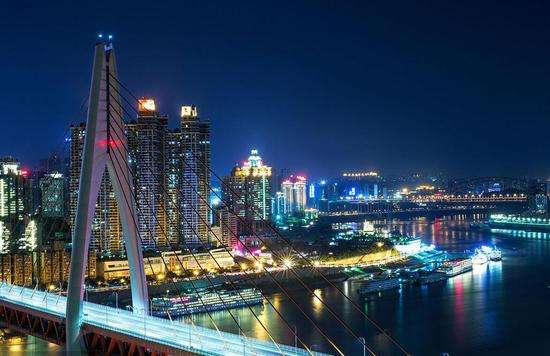
While the entire Chongqing municipality contains over 30 million people and like Beijing,Tianjin and Shanghai,reports directly to the Central Government and is no longer a part of Sichuan Province,the actual city itself has a population of only 5.8 million.
Due to its strategic location on the Yangtze River,for over 4,000 years every dynasty has had a provincial capital there.This climaxed during the Second World War when Chongqing,then known as Chunking,was made the wartime capital of the Republic of China.
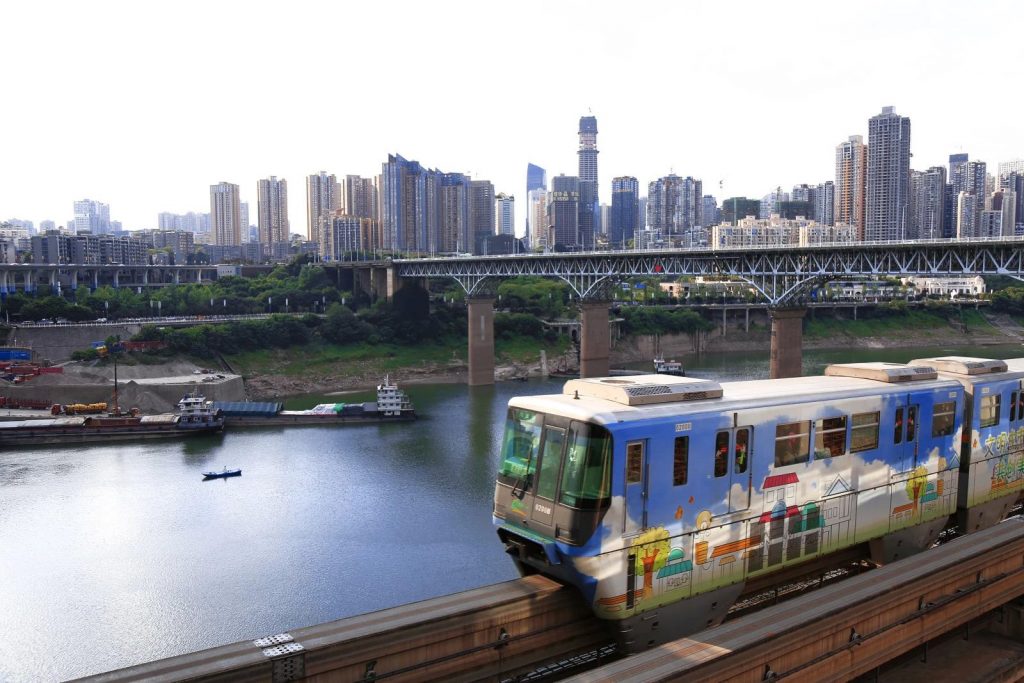
Its population exploded,filling the city with refugees and government officials.During the war,the city endured severe air raids by the Japanese and what followed was an intense period of poverty.
Since then,it has rebounded with fervor.Chongqing became southwest China’s key industrial center and a focal point for China’s”Go West”program to bring investment to China’s underdeveloped west.Its rapid modernization can be felt most clearly around the Liberation Monument(jiefang bei),Chongqing’s commercial and entertainment center.

The actual monument,originally made of wood and dedicated to Sun Yat-sen,was rebuilt in 1945 to celebrate the end of the war with Japan.The monument is within walking distance of most of Chongqing’s major hotels and shops.
If you want a taste of old Chongqing,the best place to begin is Chaotian Gate(chaotian men),the only remaining city gate and Chongqing’s chief wharf on the Jialing River.Traffic is intense with freight and passenger ships docking day and night.
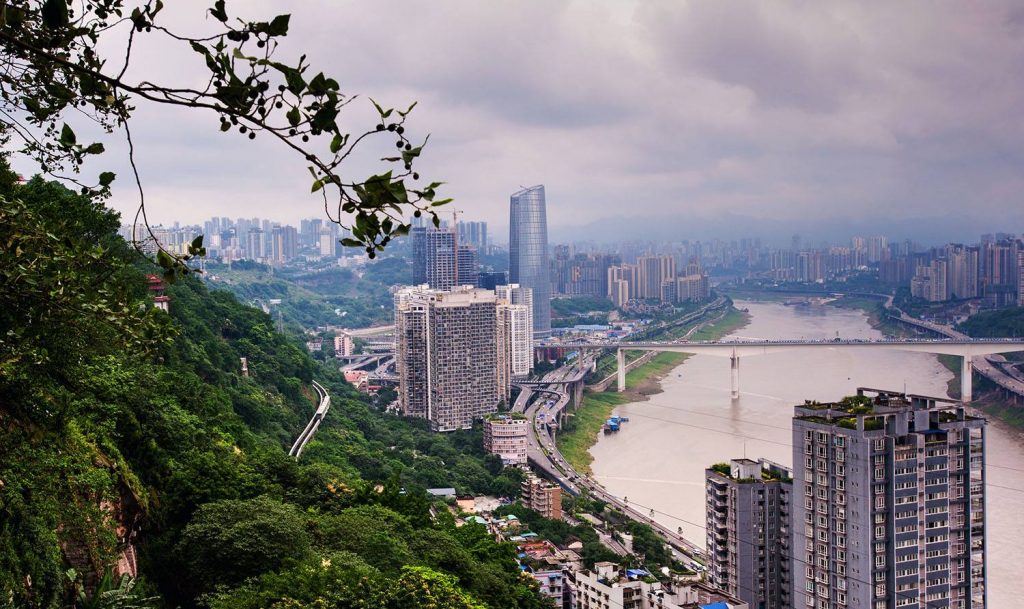
From Chaotian Gate,there are great views of the green waters of the Jialing meeting the murky brown currents of the Yangtze.Within walking distance are the two cable cars crossing the Jialing and the Yangtze and providing stunning views of Chongqing’s surroundings.
Though Chongqing’s modern historical sites are plentiful,ancient ones are sparse.A ort walk from the main commercial center is the Arhat Temple(luohan si).

Occupying the same site for over a thousand years,the temple has since undergone reconstruction.Inside are some 500 sculpted arhats(beings that have reached Nirvana)and a large golden Buddha.If you want to know your future,in the temple there’s a specific route to follow based on your date of birth to find an arhat whose life course yours will closely follow.
Chongqing is one of western China’s major commercial centers.

Ciqi Kou(ciqi kou)was Chongqing’s old harbor and was once the home of many of Chongqing’s rich merchants.Ming and Qing dynasty architecture abound throughout the town.
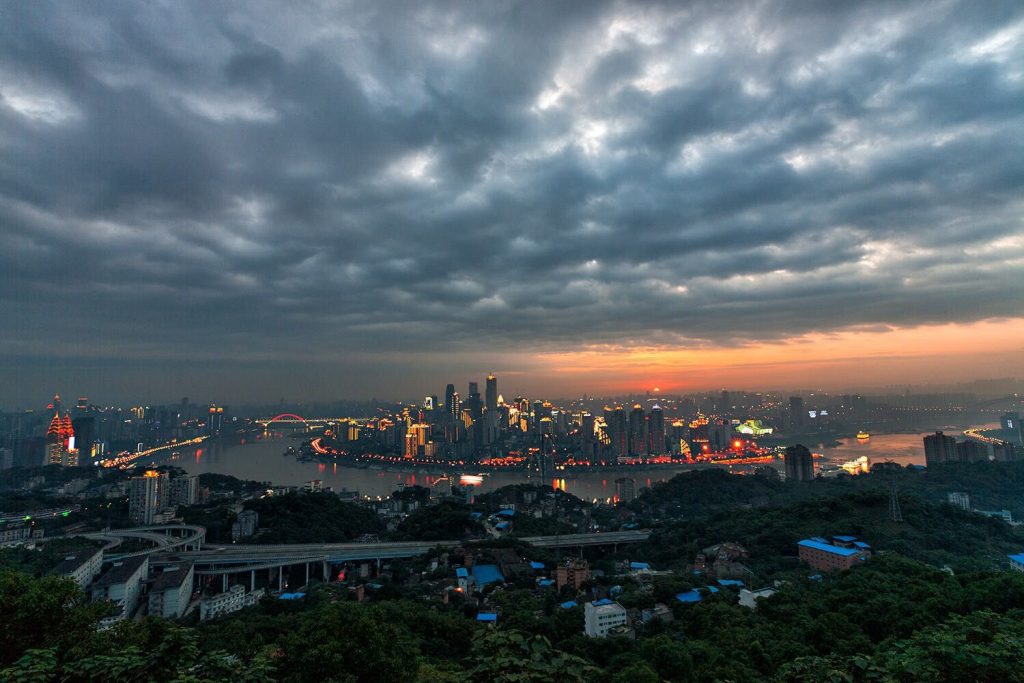
Tea houses,dragon dances and temple fairs all make this a great place to really soak up the atmosphere of old Chongqing.
